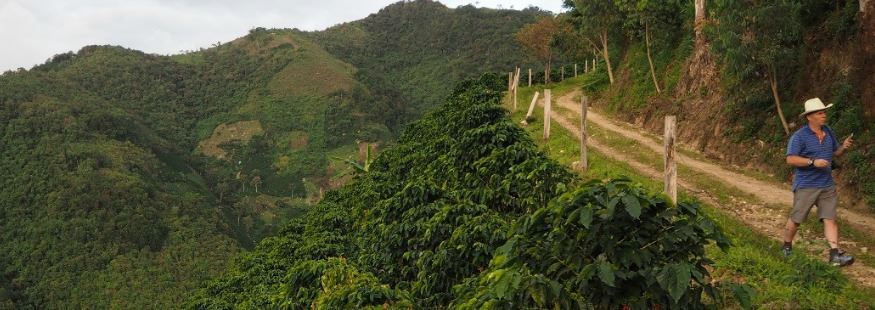Long Fermentation Process (LFP)

Our latest blog takes a look at the process of long fermentation, as we announce the arrival of our first coffee that has been fermented this way - Colombian Excelso Huila Timana.
Bennetts HQ has recently seen the arrival of the Colombian Long Fermentation Process (LFP) coffee from Timana in South Huila. We were excited to get our hands on this one and first impressions didn’t let us down. Flavour profiles on what we tasted definitely raised a few eyebrows in our cupping room. Since this process of fermentation is a relatively new one, we thought we would put together some information on the art behind it.
Coffee fermentation in itself is a dynamic practice; there’s a lot of room for variation. Length of fermentation, method used and application are all flexible and lead to different flavours and aromas. Coffee is fermented because the coffee seed is left with a layer of mucilage after pulping- a sticky skin made up of hyaline tissue that can’t be removed through simple washing. Thus, fermentation is the microbial reaction of different yeasts and bacteria that act to dissolve this mucilage. As mucilage is rich in sugars, breaking it down produces acids that will add complexity of flavour to the coffee.
Fermentation can be performed using either a dry, washed or natural process. The dry process is an age old method, whereby cherries are laid out under the sun straight after harvest. Fermentation follows within individual beans as they dry, developing colourful and intense flavours. The pulped natural process is similar in that the coffee is left to dry by the sun, but cherries are pulped first. This allows fermentation to occur as mucilage dries, which tends to add greater levels of sweetness to the coffee. What we are interested in, however, is the washed method. This is currently the most common approach in the processing of specialty coffee. Coffee is pulped before being soaked in fermentation tanks for between 12-72 hours. Whether the coffee is fermented for 12 hours, 72 hours or anywhere in between can depend on temperature, humidity, altitude and preference of the farmers. This way, fermentation can be controlled more closely. The washed method therefore creates coffee that is more uniform between cups, with a clean and sweet acidity.
Long Fermentation Process coffee is a product of the washed method, but what falls into the category of ‘long’ will differ between countries according to the factors mentioned above. Generally speaking, the fermentation process becomes shorter as weather gets hotter. Fermentation will usually take between 12-14 hours in Colombia, and long fermentation can range between 36-72 hours. There is no hard and fast rule however, and some countries may even consider a 48-hour fermentation to be normal.
The process of long fermentation requires careful attention so that it does not adversely affect the end flavour. In Colombia, a sample will be withdrawn and cupped every few hours to inspect quality. Farmers are able to tell when fermentation is finished by the feel of the coffee. There should be no mucilage remaining on the coffee if fermentation has done its job. The close attention to quality during fermentation contributes to the uniformity of the coffee. Moreover, adding that extra time to the washed method pronounces the acidity and fruitiness that is distinctive of the coffee processed this way.
Contact us here to talk to us about getting yourself a sample of our new Timana LFP coffee.


